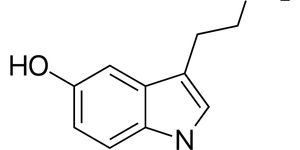A 3D-Printed COVID Vaccine Patch?
Even the bravest souls can get a little nervous when it comes to rolling up their sleeves and getting a shot. Aichmophobia (or the fear of needles) is thought to be deeply rooted in childhood traumas, associated with unpleasant early memories of getting injections at the dentist or doctor’s office.
However, everyone from the mildly anxious to the desperately phobic may soon be able to rest easy when it comes to getting immunized. A team of scientists from Stanford University and the University of North Carolina at Chapel Hill has developed a 3D-printed vaccine patch that is applied to the surface of the skin, painlessly delivering the active ingredient to dermal immune cells.
It’s not just the lack of a needle prick that makes these new ‘microneedles’ so exciting—they may also significantly outperform traditional jabs. In a report in PNAS, the researchers say the vaccine patch generated T cell and antigen-specific immune responses 50 times greater than subcutaneous injections.
The team, led by translational medicine expert Joseph M. DeSimone, sought new technologies to make the global rollout of vaccines smoother, faster, and pain-free. The microneedle patches they created may be the answer to these challenges, with their ability to trigger robust immune responses with a fraction of the dose required by syringe administration.
“One of the biggest lessons we’ve learned during the pandemic is that innovation in science and technology can make or break a global response,” said DeSimone. Their team is currently transitioning RNA COVID-19 vaccines (such as those made by Pfizer and Moderna) into the microneedle format.
The patches have the potential to overcome several challenges that we are facing during the ongoing global vaccination efforts. For instance, liquid vaccine formulations typically need to be stored in cold, refrigerated conditions. Additionally, these vaccines can only be administered by trained medical professionals.
On the other hand, vaccine patches don’t require any special handling and can be applied to the skin by users themselves, much like putting on a Band-Aid.










